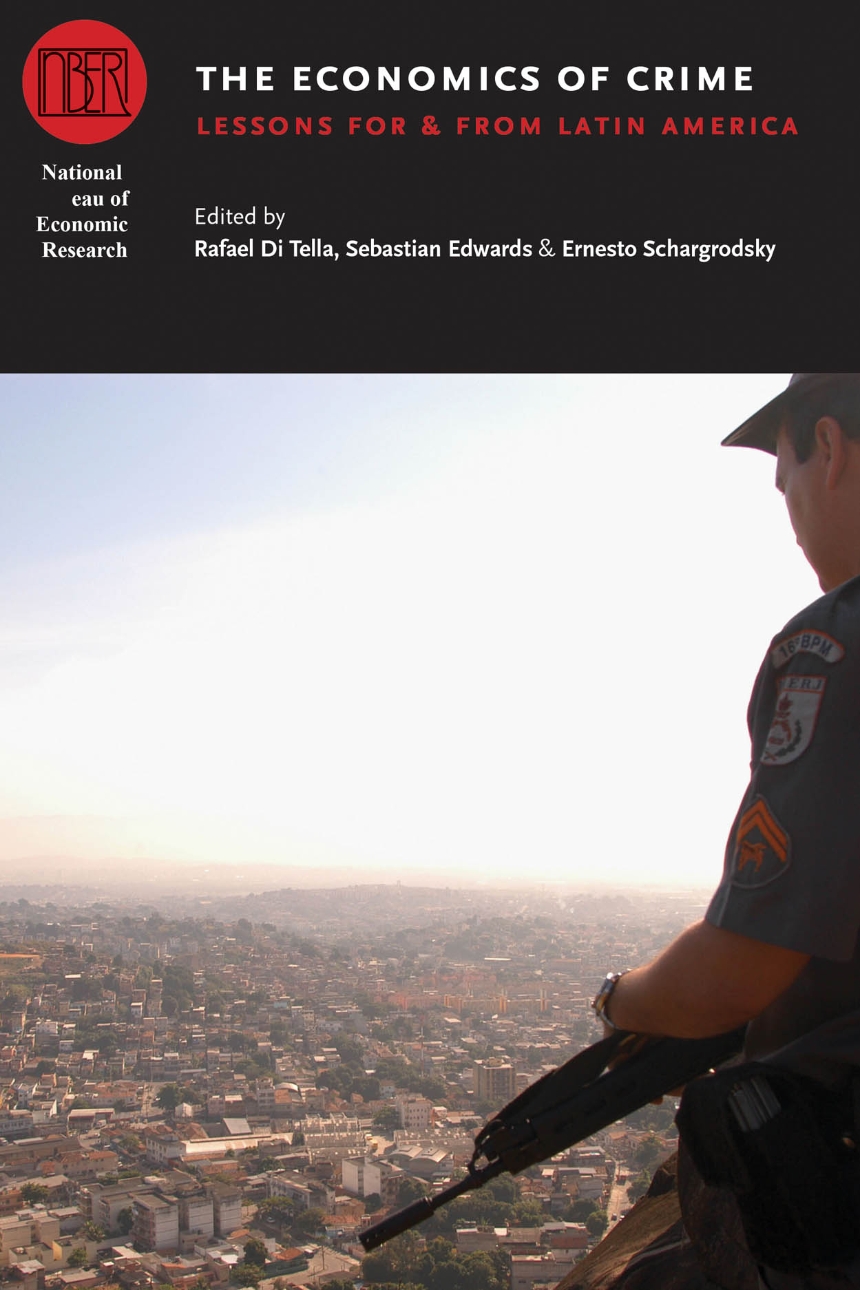The Economics of Crime
Lessons For and From Latin America
536 pages | 95 figures, 106 tables | 6 x 9 | © 2010
National Bureau of Economic Research Conference Report
Economics and Business: Economics--Development, Growth, Planning
Table of Contents
Acknowledgments
Introduction
Rafael Di Tella, Sebastian Edwards, and Ernesto Schargrodsky
I. Overview: Latin American Exceptionalism?
1. Understanding High Crime Rates in Latin America: The Role of Social and Policy Factors
Rodrigo R. Soares and Joana Naritomi
Comment: Alejandro Gaviria
II. The Economics of Crime Meets Latin America
2. Capital Crimes: Kidnappings and Corporate Investment in Colombia
Rony Pshisva and Gustavo A. Suarez
Comment: Juan Pantano
3. The Cost of Avoiding Crime: The Case of Bogotá
Alejandro Gaviria, Carlos Medina, Leonardo Morales, and Jairo Núñez
Comment: Alfredo Canavese
4. Do Conflicts Create Poverty Traps? Asset Losses and Recovery for Displaced Households in Colombia
Ana María Ibáñez and Andrés Moya
Comment: Martín González-Rozada
5. Crime Distribution and Victim Behavior during a Crime Wave
Rafael Di Tella, Sebastian Galiani, and Ernesto Schargrodsky
Comment: Lucas Ronconi
6. Assessing São Paulo’s Large Drop in Homicides: The Role of Demography and Policy Interventions
João M. P. de Mello and Alexandre Schneider
Comment: Lucas Llach
7. The Quality of Life in Prisons: Do Educational Programs Reduce In- Prison Conflicts?
María Laura Alzúa, Catherine Rodriguez, and Edgar Villa
Comment: Andrés Borenstein
III. International Evidence
8. What Do Economists Know about Crime?
Angela K. Dills, Jeffrey A. Miron, and Garrett Summers
Comment: Philip J. Cook
9. Peaceable Kingdoms and War Zones: Preemption, Ballistics, and Murder in Newark
Brendan O’Flaherty and Rajiv Sethi
Comment: Guillermo Cruces
10. Crime Displacement and Police Interventions: Evidence from London’s “Operation Theseus”
Mirko Draca, Stephen Machin, and Robert Witt
Comment: Catherine Rodriguez
11. The Impact of Incentives on Human Behavior: Can We Make It Disappear? The Case of the Death Penalty
Naci Mocan and Kaj Gittings
Comment: Lucía Quesada
12. Does Arrest Deter Violence? Comparing Experimental and Nonexperimental Evidence on Mandatory Arrest Laws
Radha Iyengar
Comment: Rafael Di Tella
Contributors
Author Index
Subject Index
